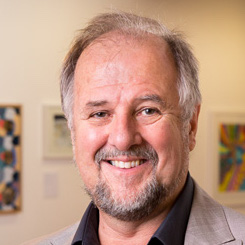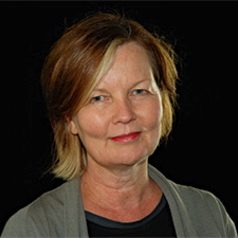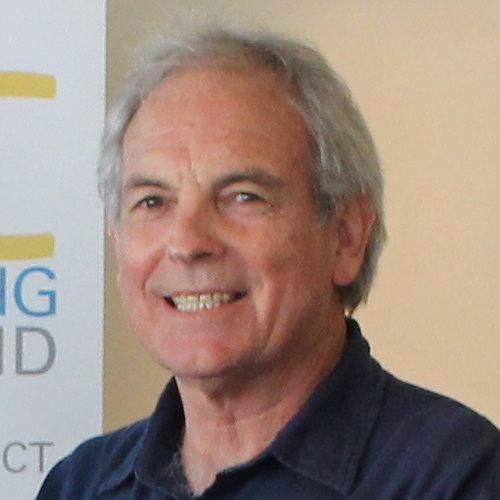A partner-informed project funded by LEaRN from 2011 to 2012 before evolving into a commissioned project funded by the Catholic Education Office Melbourne from 2012 to 2013.
About
LEaRN’s research into how best to evaluate learning spaces (and on what basis) was initiated in 2011, based on partner interest in gaining access to ‘feedback’ on the relative effectiveness of learning spaces. Initial work included a substantial review of the literature, which was later published in Learning Environments Research (available here). It also included workshops with a cross-section of industry stakeholders to gather information about 1) the need for learning environment evaluation and 2) the variables, or factors, which could be used for the evaluation of learning environments.
The findings of the literature review revealed that:
- A number of tools have been developed across the world to evaluate school and university learning spaces. Most focus on features of the physical environment itself.
- There is recent interest in evaluations that assess how space influences the practices, activities and behaviours of teachers and students.
- Evaluations that assess the ‘alignment of space and learning’ are in their infancy and require further development.
- New evaluation methodologies are required if we are to understand what types of learning spaces can support the educational programs and practices of the 21st century.
On the basis of these findings, a subsequent project was initiated in partnership with the Catholic Education Office Melbourne (CEOM) to develop an approach for evaluating learning spaces in schools. The School Spaces Evaluation Instrument (SSEI) was developed to address the shortcomings of existing school learning environment post-occupancy evaluation (POE) tools. SSEI is composed of three modules that can be used to evaluate general purpose teaching and learning environments in primary and secondary schools and adapted to evaluation other types of spaces.
Detailed project outline
-
Objectives
The research in partnership with CEOM involved 1) further development of Module 2 (Technical Performance/Indoor Environment Quality) and Module 3 (Alignment of Pedagogy and Learning Environments) and 2) pilot testing both modules to determine their relative success and future viability as evaluation tools for use by the Catholic Education Office Melbourne and the University of Melbourne. Pilot testing occurred in five CEOM schools between August 2012 and February 2013.
The key research questions were:
SSEI Module 2
- How can indoor environment quality (IEQ) in school learning environments be evaluated?
- How effective is SSEI Module 2 in evaluating IEQ performance in school learning environments?
SSEI Module 3
- How can the pedagogical effectiveness of school learning environments be evaluated?
- How effective is SSEI Module 3 in evaluating the pedagogical effectiveness of school learning environments?
-
Outcomes
The Module 2 pilot study showed that the three aspects of the evaluation – 1) installation of the monitoring equipment, 2) seasonal site visits and 3) workshop – could be conducted as planned. Through the evaluations, a range of IEQ problems were diagnosed that would negatively influence the comfort of students and teachers. Furthermore, the pilot evaluations raised awareness of IEQ problems that could be addressed through minor remedial works and/or education. Over the long term, the value of the data collected using Module 2 appears to be associated with informing future design.
The Module 3 pilot study showed that evaluations could be conducted as designed; however, improved methods for the delivery of the instrument and the management of the data collected would lead to a more efficient, and potentially more effective, evaluation process.
-
Impact
This study made valuable progress in the development of the methodology for learning environment evaluation. It has formed the foundation for subsequent research projects which include; Towards Effective Learning Environments (TELE), Evaluating 21st Century Learning Environments (E21LE) and Innovative Learning Environments and Teacher Change (ILETC) have all subsequently built upon.
Publications and project outputs
The results of this study has not yet been made available. For further enquiries please contact Ben Cleveland.
People
-
 Dr Ben Cleveland, Research Fellow
Dr Ben Cleveland, Research Fellow -
 Philippa Soccio, Research Assistant
Philippa Soccio, Research Assistant -
 Dr Wes Imms, Melbourne Graduate School of Education
Dr Wes Imms, Melbourne Graduate School of Education -
 A/Prof Clare Newton, Associate Professor in Learning Environments
A/Prof Clare Newton, Associate Professor in Learning Environments -
 A/Prof Kenn Fisher, Associate Professor in Learning Environments
A/Prof Kenn Fisher, Associate Professor in Learning Environments
Acknowledgement: The researchers for the CEOM commissioned project would like to extend their gratitude to Catholic Education Office Melbourne (CEOM) and the Learning Environments Applied Research Network (LEaRN) for supporting this project. In particular, we would like to thank Dr Wes Imms (Melbourne Graduate School of Education), Associate Professor Clare Newton (Faculty of Architecture, Building and Planning), Dr Janet Clinton (Melbourne Graduate School of Education – Centre for Program Evaluation), Matthew Pirrie (Catholic Education Office Melbourne), Dr Gerard Calnin (Catholic Education Office Melbourne) and Alan Gilmour (LEaRN Executive Officer).
Banner: St Mary of the Cross Primary School, Baldasso Cortese. Photo by Peter Clarke Photography.